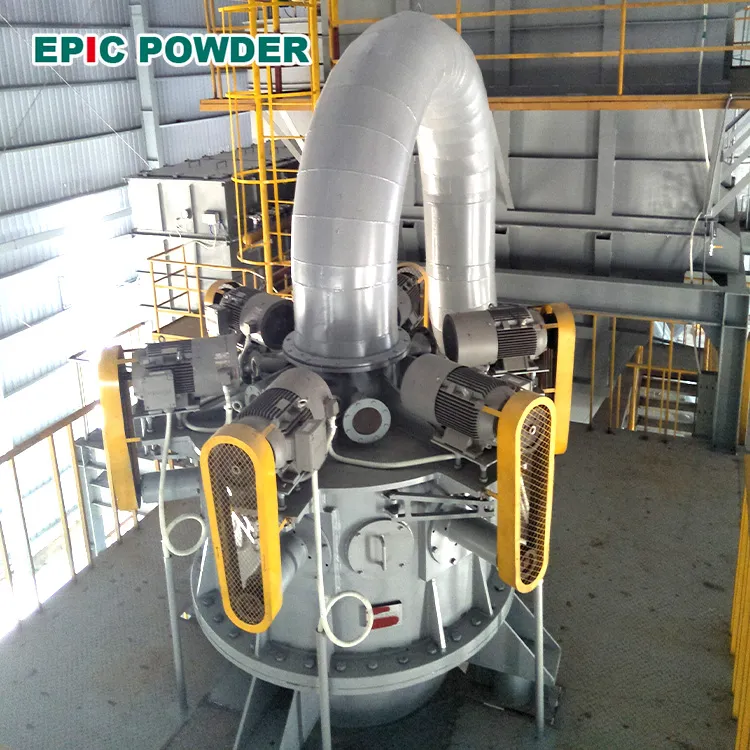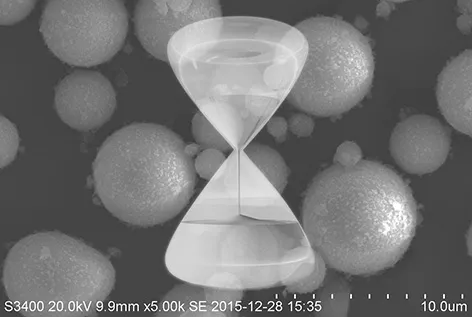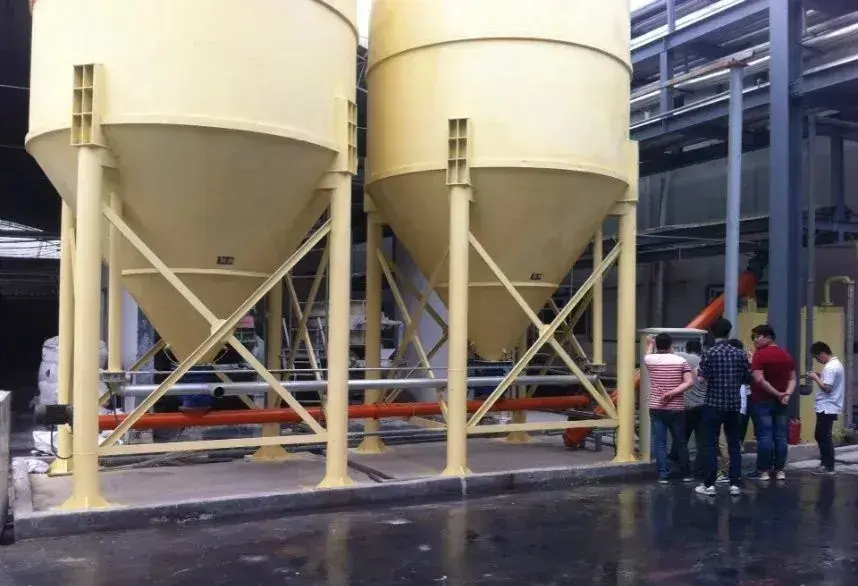Q1: What is powder classification?
A1: Powder classification refers to the process of separating mixed powder materials into different particle size ranges based on differences in particle size, morphology, or density. Classification produces powders with narrower particle size distributions and more uniform performance, making it a key step in powder processing.

Q2: Why is powder classification necessary?
A2: The main purposes of powder classifying include:
- Improving product performance: Different particle sizes significantly affect flowability, dispersibility, and reactivity.
- Meeting application requirements: For example, photovoltaic silver paste requires silver powder concentrated in the 1–3 μm range, cement requires a specific surface area, and ceramics demand precisely controlled particle size distribution.
- Enhancing utilization: Removing oversized or ultrafine particles improves powder consistency.
- Optimizing downstream processes: Improves sintering, coating, molding, and other process outcomes.
Q3: What are the common methods of powder classification?
A3: The most common methods of powder classification include:
- Mechanical vibration sieving: Uses sieves of different mesh sizes for classification, suitable for coarse particles and preliminary separation.
- Air classification: Utilizes high-speed airflow and centrifugal force to separate particles, suitable for micron-sized and submicron powders.
- Centrifugal classification: Employs high-speed rotation and centrifugal force to separate particles, commonly used for fine powders.
- Sedimentation classification: Relies on differences in settling velocity of particles in a fluid, suitable for laboratory or specific materials.
Q4: What is the difference between air classification and mechanical sieving?
A4:
- Mechanical sieving: Low cost and simple operation, but poor precision and unsuitable for powders in the micron or submicron range.
- Air classification: High precision, narrow particle size distribution, and strong adjustability, suitable for high-value powders, though it requires higher energy consumption and equipment investment.

Q5: In which industries is powder classification widely used?
A5: Powder classifying is widely applied in:
- New energy: Photovoltaic silver powder, lithium battery cathode and anode materials.
- Plastics and rubber: Classification of fillers such as calcium carbonate and talc.
- Ceramics and refractories: Controlling sintering behavior and density.
- Chemicals: Titanium dioxide, pigments, catalyst carriers, etc.
- Pharmaceuticals and food: Ensuring powder safety and uniformity.
Q6: How to choose the right classification equipment?
A6: Selection of classification equipment should consider:
- Particle size range and distribution characteristics of the powder;
- Required precision of particle size control;
- Production capacity needs and energy consumption;
- Whether the material is prone to oxidation or moisture absorption;
- Budget constraints and ease of maintenance.
Q7: What are the future trends in powder classification?
A7:
- Higher precision: Growing demand for submicron and even nanoscale classification.
- Intelligent control: Real-time monitoring of particle size distribution and automatic parameter adjustment.
- Green and energy-saving: Reducing energy consumption and material loss.
- Hybrid processes: Combining mechanical sieving and air classification to improve overall efficiency.
Conclusion
Powder classification plays an irreplaceable role in modern materials processing. Whether using traditional mechanical sieving or high-precision air classification, choosing the right method can significantly enhance the performance of powder materials. With industrial upgrading and the development of new materials, powder classification technology is evolving toward efficiency, precision, sustainability, and intelligence.

